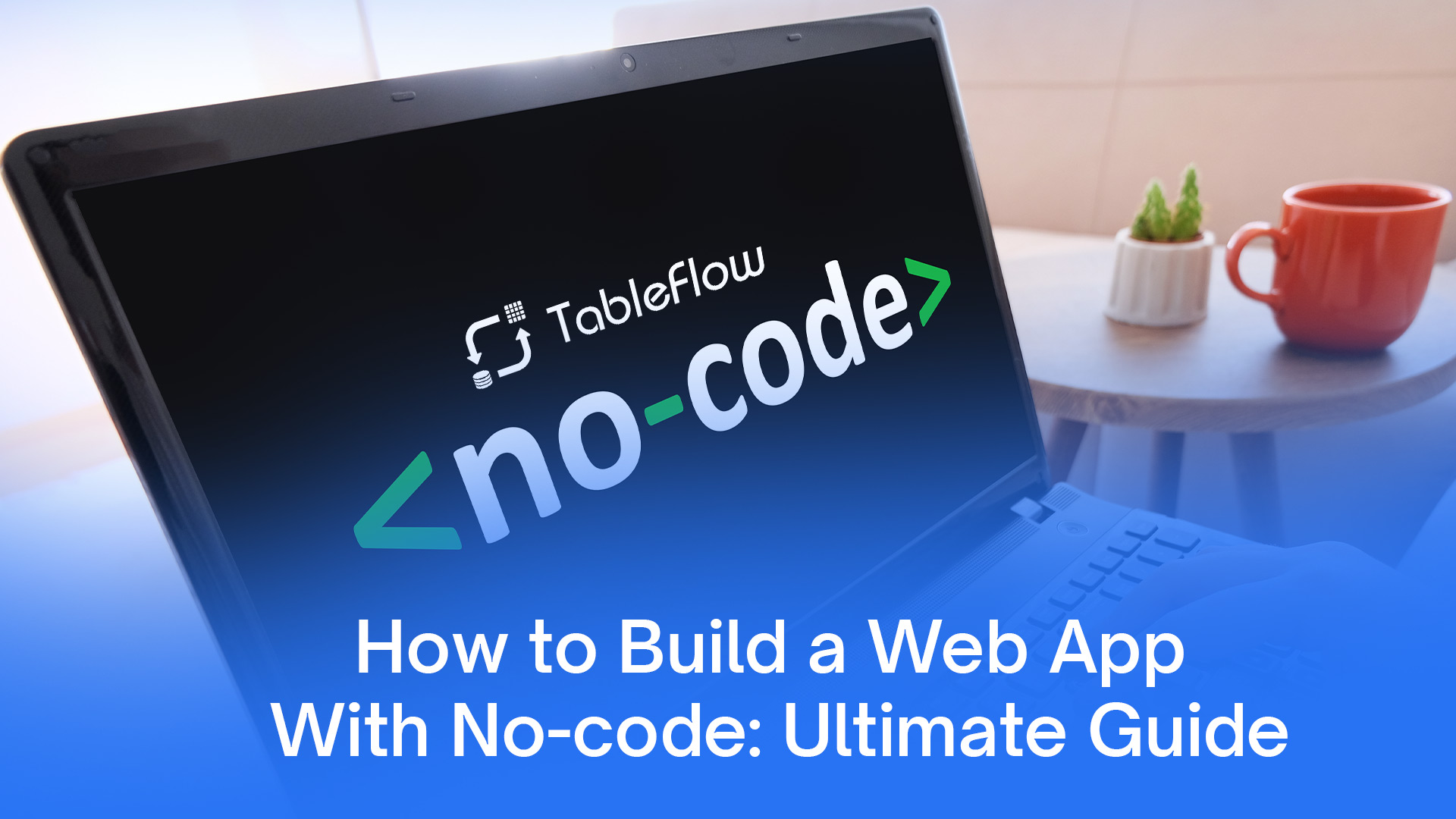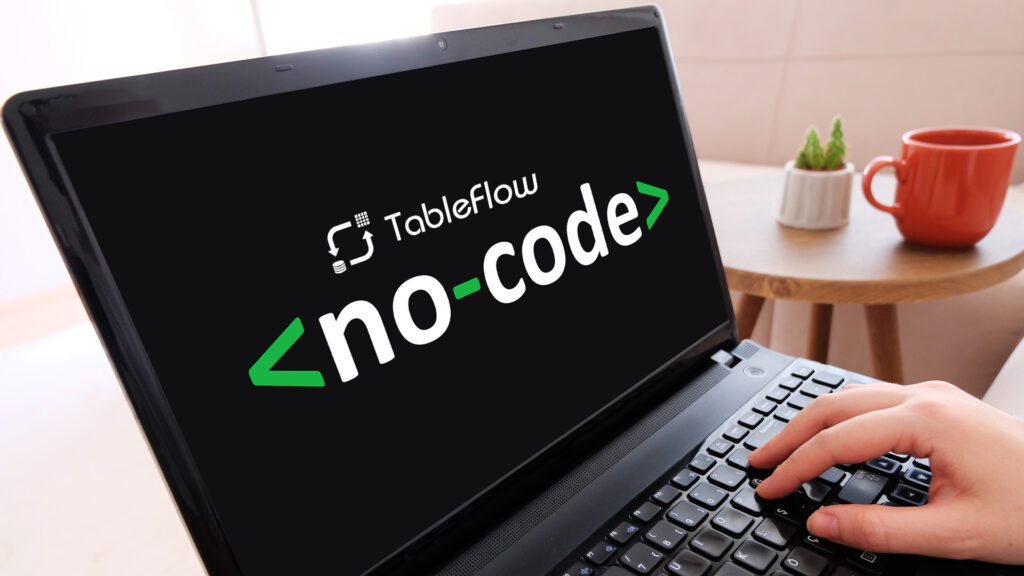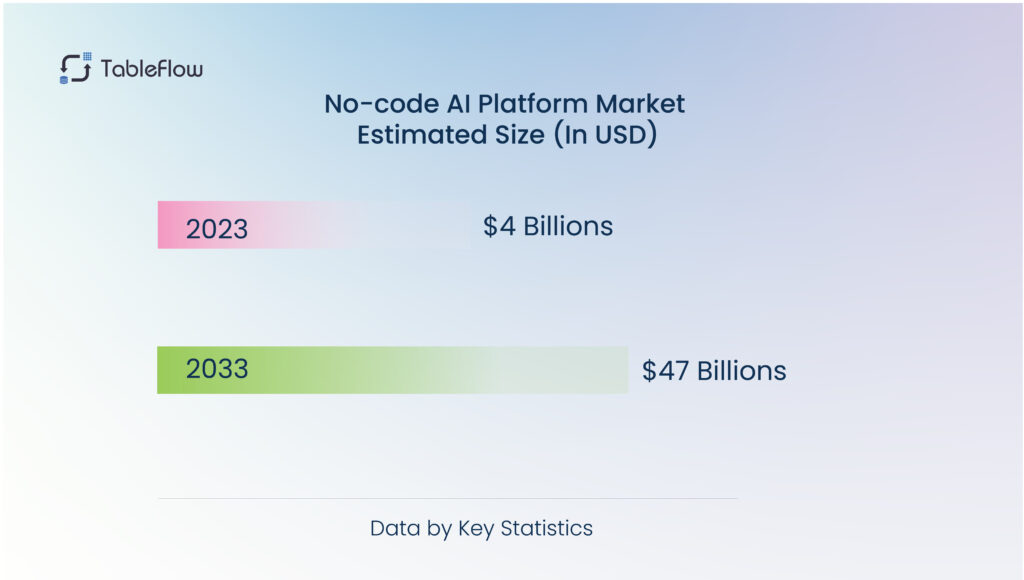
How to Build a Web App With No-code: Ultimate Guide
October 9, 2024
The world is transforming very fast. Nowadays, businesses are not being built on the ground; instead, they are being built online. The internet revolution of the 1990s has changed the way we work. All the information that you need, every aspect of the history, and every person that you may wish to connect with is now available online.
The internet consists of websites and web applications, and creating these applications involves writing lines of code in their respective programming languages. Coding is used to offer control of every aspect of the application, but its high complexity and lengthy process have made it obscure. In contrast, no-code applications allow users to build web applications using visual interfaces, drag-and-drop tools, and pre-built components.

Understanding No-code Development
No-code development is a revolutionary new-age approach that allows anyone to develop web application without coding. This method has become very popular in recent years, making it accessible to a broader audience. The users can easily add, arrange, and customize their applications by simply dragging and dropping them. Ready-to-use components and a wide range of pre-built templates fit the specific needs.
No-code platforms dramatically reduce development time compared to traditional development methods. This allows rapid prototyping and deployment. By reducing development time and the need for specialized coders, no-code development can significantly lower overall project costs.

Identifying the Purpose of Your App
To make your no-code application successful, begin by articulating the problem it aims to solve. A well-defined purpose can boost the application’s effectiveness and boundaries. Answer basic questions such as, “Who is our target audience?” “What do they want?” “What are their expectations?” etc. These types of questions can help you solidly understand your application’s purpose and functionality.
- Identify Pain Points: Start by pinpointing the specific problems or challenges that your app intends to address.
- Research Market Needs: Conduct thorough market research to validate the problem and determine how current solutions are failing.
- Establish Clear Goals: Determine the main objective of your no-code application. Identify the additional benefits that your application might offer and provide value.
- User Needs and Permissions: Create detailed user personas that will represent different segments of your target audience. Understand their behavior and expectations.
- Unique Value Proposition: Find what makes your app unique and why users should choose it over the competitors.
- Talk to Potential Users: Get in touch with potential users you are aiming to sell your app and look after what they want.
Create a Blueprint for Your Web App
Once you have a clear purpose and a well-defined scope for your web application, the next stage is to visualize it in action. Understand the flow and how different components interact to spot any missing elements. Many No-code platforms can help you customize and create web application without coding. Visualizing your application is a one-time exercise that enables you to gain a better understanding of your application needs.
Choosing the Right No-code Tool
There are hundreds of no-code platforms out there. Selecting the right no-code web app builder that can help your application become successful is a tough job. Breaking down the project requirements and feature capabilities can help pick up the best.
- Complexity of the Application
A simple application will have different needs than a complex SaaS application. Select the tool that aligns with your application’s specific requirements and covers all the necessary features and functionalities.
- Scalability
As your web app grows, your platform needs to scale with it. Consider future growth, data points, & traffic handling capacity, and make sure to choose a platform that can accommodate it.
- Cost Effectiveness
No-code tools have diverse pricing models. Consider factors like monthly fees, transaction costs, the cost of adding extra users, and charges for potential add-on services.
- Integrations
Access whether the platform you are picking can integrate seamlessly with other services. Check if the platform provides API access or supports webhooks. The integrations may include Payment Gateways, CRM systems, Social Media platforms, etc.
- Community Support
Look for a platform with active support resources, documentation, tutorials, and a strong community forum. These help troubleshoot and find solutions to commonly encountered problems.
Create a Minimum Viable Product (MVP) and Get Feedback
An MVP is a simple version of your app that delivers the core functions and allows you to gather valuable feedback from the users. Identify the features that are absolutely critical for the application and create a quicker version based on it. Features that are very complex and aspects of User Experience (UX) can be left out for future iterations.
Build an MVP using the no-code platform you’ve selected. Focus on speed and efficiency, and avoid perfecting minor details. Prioritize the flow and important functionalities. Collect qualitative data through surveys and direct conversations with users to understand whether the application can target the pain points. Identify the common themes and prioritize changes based on needs and feasibility.
Key Considerations
- Keep it Simple
- Prioritize Functionality
- Document Feedback
- Make Necessary Changes
Build your No-code App
Many no-code apps offer a built-in database so you can iterate with external services. Connect your database with the app’s UI elements so you can directly iterate with data. Use the built-in logic tools to define how your app behaves. Set up conditional statements and automate tasks. Address any issues or bugs during testing, and your app will be ready for the market!
When it comes to develop a web application without coding, remember it is an iterative process. Do not be afraid to experiment and learn from mistakes. Improve your application regularly and hold on to a clear vision while you do that.
Scaling and Maintaining
While no-code platforms handle much of the backend infrastructure, it is important to design an app with scalability in mind from the very beginning. Most no-code platforms have usage tiers and limits like database sizes and API Calls. Monitoring your app’s performance closely can help to identify where performance can be improved.
To identify popular functionalities, monitor metrics such as active users, session durations, and feature usage. Track down errors and downtime incidents to address issues promptly and maintain a reliable user experience.
Ongoing Maintenance
- Schedule Regular Backups
- Regular Updates
- Bug Fixes
- Feedback Channels
- Feature Expansion
Conclusion
The entire process, from idea to execution to develop web application without coding, is a journey in itself. Multiple factors play a critical role in this path. From ideation to exploration and execution, we discussed every aspect that helps this vision to come to life. The world of no-code is evolving, and with new platforms on the horizon, be bold, pick one, and build your app. Individuals and businesses can create impactful solutions using the new age no-code tools.



